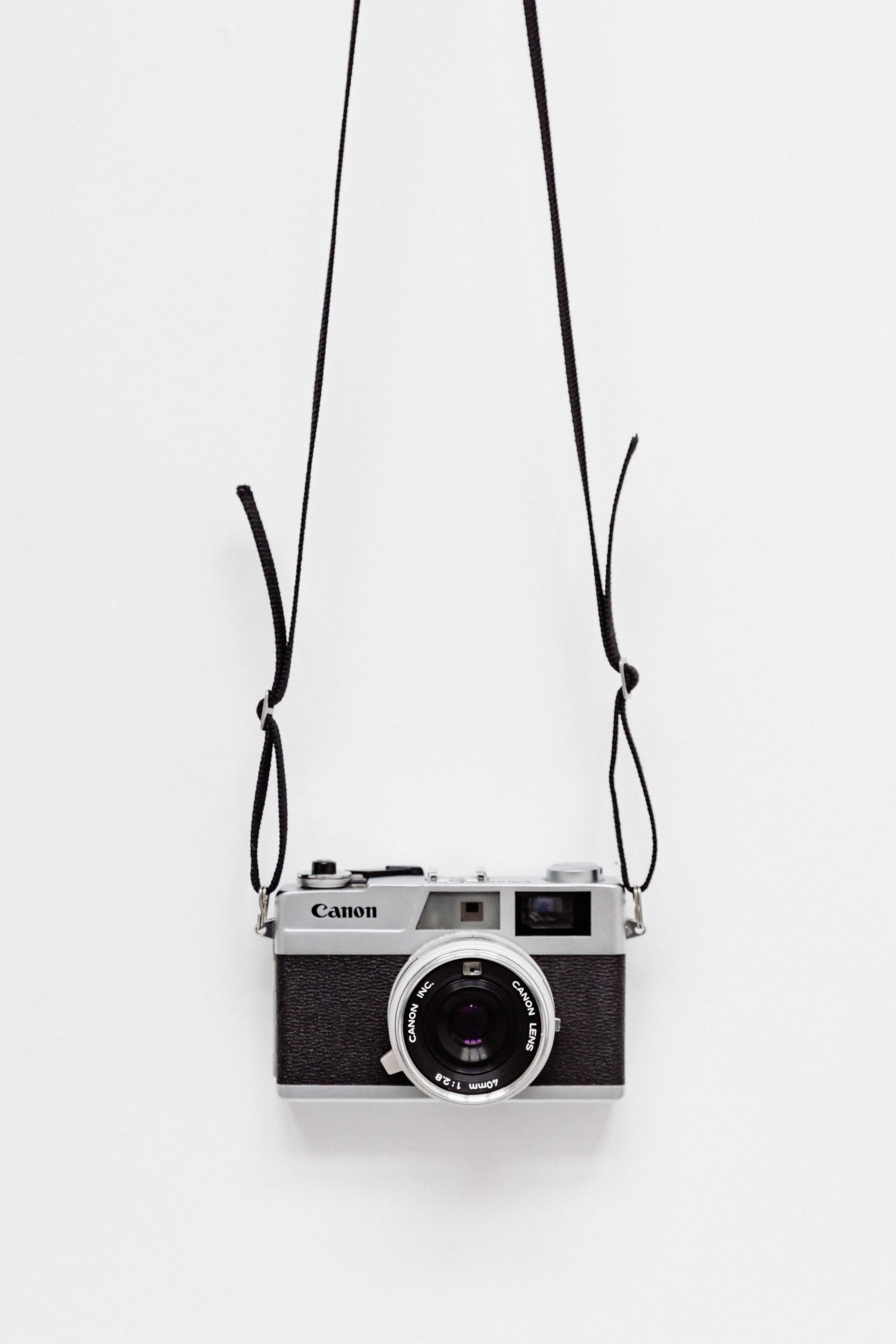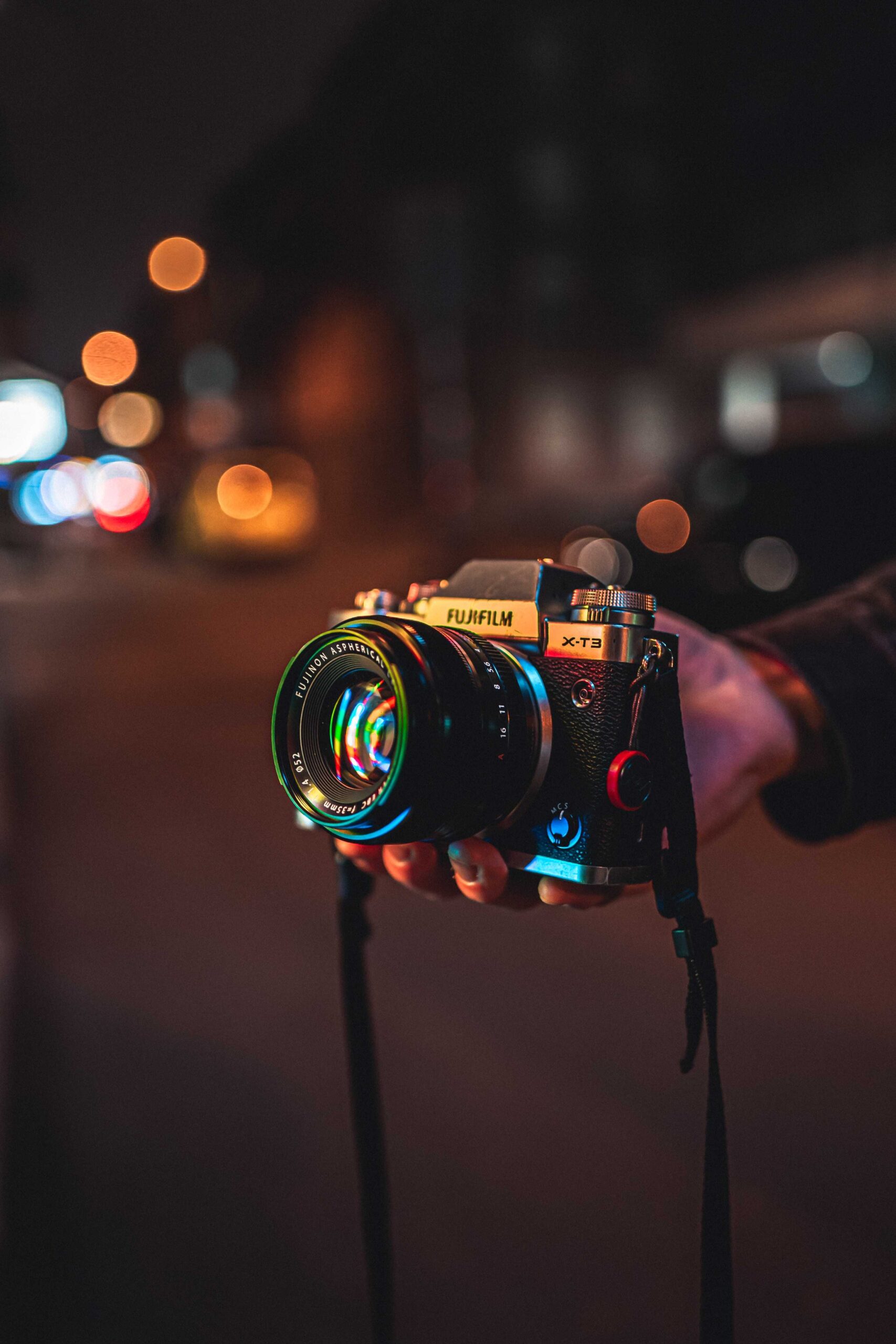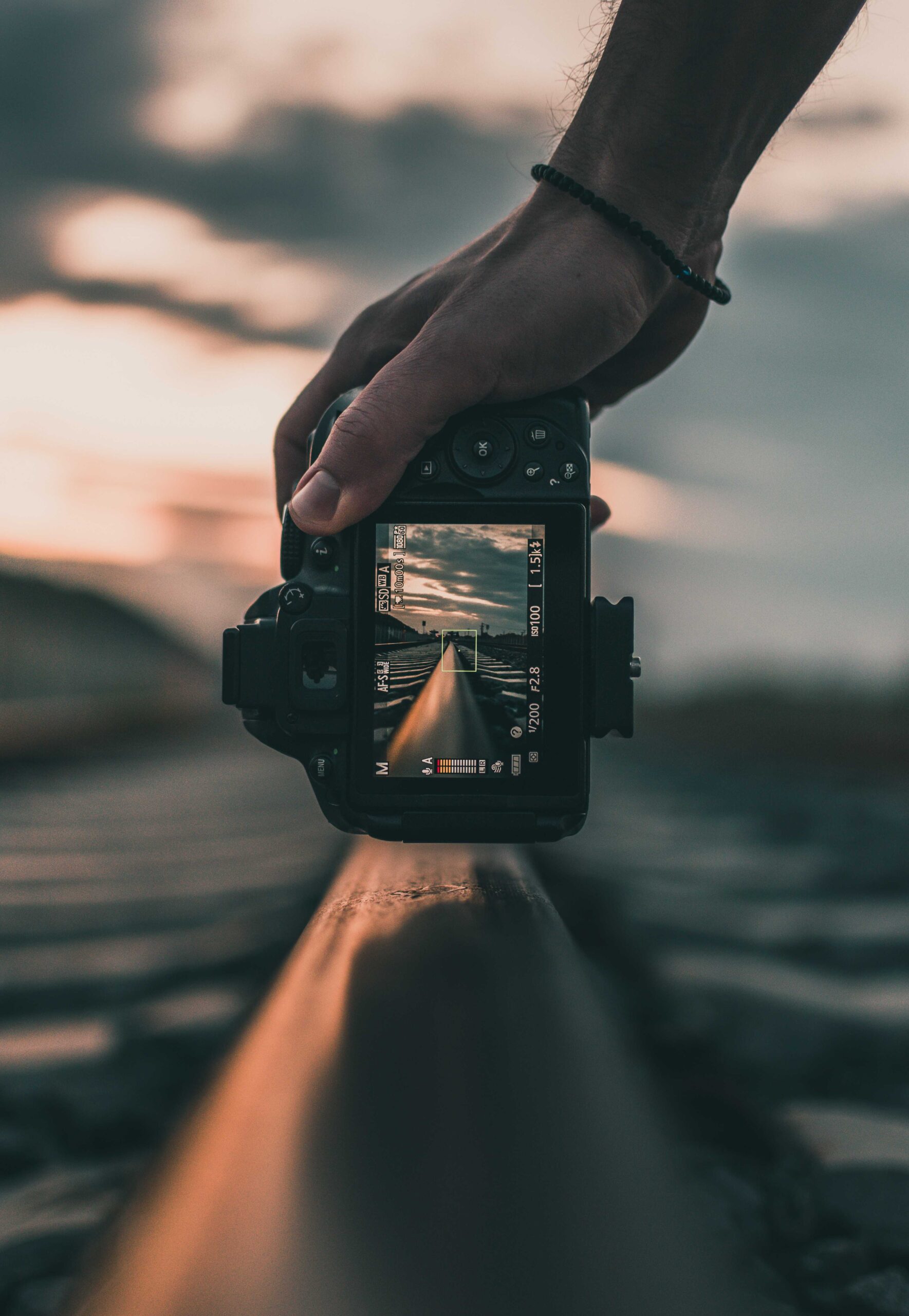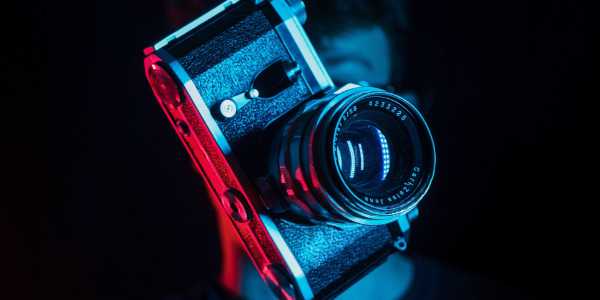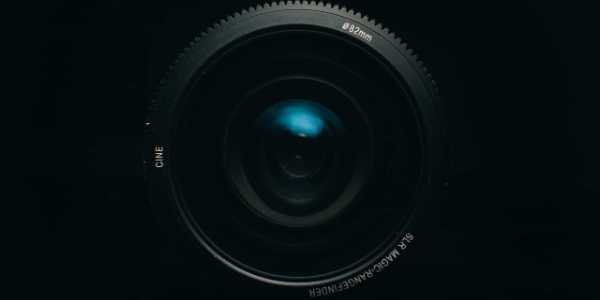
The Future Of Camera Shutter Count And How It Will Impact Photography
In photography, camera shutter count plays a crucial role in determining a camera’s life expectancy and value. It refers to the number of times the shutter has been activated on a digital or film camera. However, with advancements in technology and changes in consumer behavior, it is essential to explore how this metric will evolve and impact photography in the future.
The Impact of Camera Shutter Count Today:
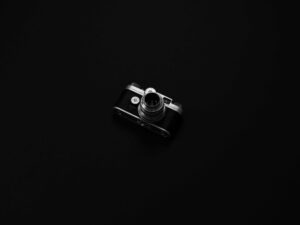
For various reasons, photographers rely heavily on knowing their camera’s shutter count. Firstly, it helps determine when maintenance or repairs may be required, as shutters have limited lifespans. Secondly, buyers consider low-shutter-count cameras more valuable since they are perceived to have less wear and tear.
Additionally, manufacturers often provide warranty coverage based on an estimated number of actions expected from their cameras’ shutters. Therefore, understanding your equipment’s usage can help you make informed decisions about warranties or even selling your gear at optimal prices.
The Future: A Shift Towards Electronic Shutters

As we move forward into an era where mirrorless cameras dominate the market due to their compact size and advanced features like electronic viewfinders (EVFs), there is a growing trend toward using electronic shutters instead of mechanical ones.
Electronic shutters control each pixel’s exposure time electronically rather than physically opening and closing curtains like traditional mechanical shutters do. This means no moving parts are involved during image capture – resulting in silent operation without any risk of vibrations caused by physical movement.
Moreover, electronic shutters offer faster burst rates since they don’t need time to reset between shots like their mechanical counterparts. They also allow for higher flash sync speeds, which can be advantageous when shooting fast-moving subjects under challenging lighting conditions.
Implications for Photography:

While electronic shuttles bring many benefits, such as improved performance capabilities mentioned above and reduced wear-and-tear concerns due to the lack of moving parts, one major drawback remains – the issue of the rolling shutter effect.
The rolling shutter effect occurs when using electronic shutters, mainly when rapid movement occurs within a frame. This can result in distorted or skewed images as different parts of the image are captured at slightly different times due to how electronic shutters work.
To combat this problem, camera manufacturers have invested heavily in developing global device shutters. Global shuttles capture an entire image simultaneously rather than scanning it line by line like rolling shuttles do. By eliminating the need for sequential readouts, they effectively eliminate any distortion caused by motion during exposure.
Conclusion:
As technology advances and consumer demands evolve, we can expect significant changes regarding camera shutter count and its impact on photography. The shift towards mirrorless cameras with electronic shutters will likely become more prevalent as photographers seek improved performance and silent operation without compromising image quality.
Furthermore, advancements such as global shuttle development aim to address current limitations associated with electronic shatters’ rolling effects – making them even more appealing for professional photographers who require precise captures under challenging conditions.
Ultimately, while traditional mechanical shatters may still hold value today due to their proven reliability and durability, professionals and enthusiasts must stay informed about emerging trends that shape the future landscape of photography equipment.

